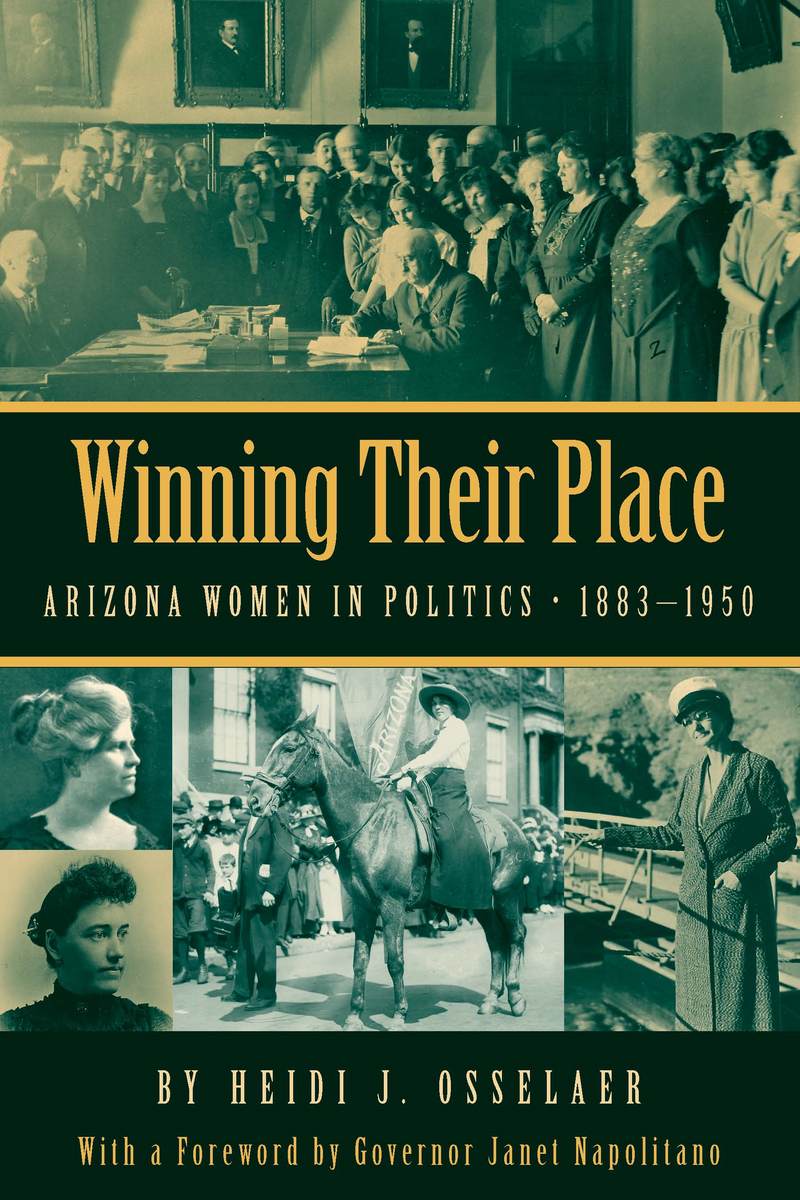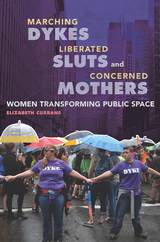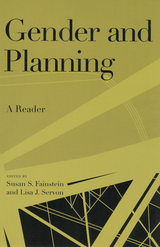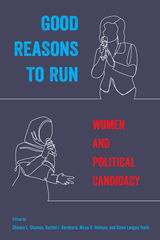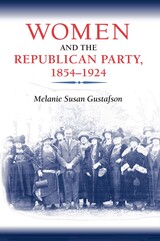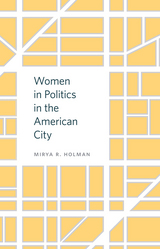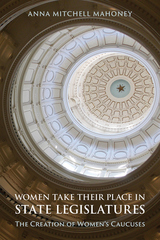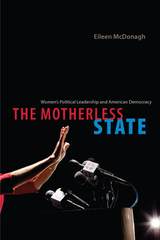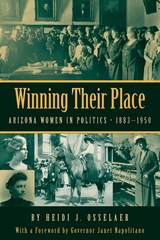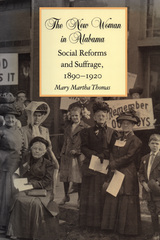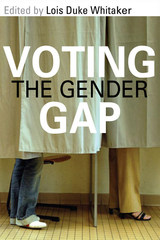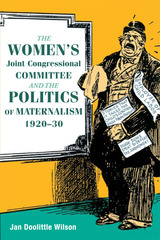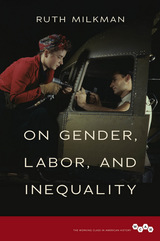Winning Their Place: Arizona Women in Politics, 1883-1950
University of Arizona Press, 2009
Cloth: 978-0-8165-2733-5 | eISBN: 978-0-8165-3472-2 | Paper: 978-0-8165-0239-4
Library of Congress Classification HQ1236.5.U6O85 2009
Dewey Decimal Classification 324.08209791
Cloth: 978-0-8165-2733-5 | eISBN: 978-0-8165-3472-2 | Paper: 978-0-8165-0239-4
Library of Congress Classification HQ1236.5.U6O85 2009
Dewey Decimal Classification 324.08209791
ABOUT THIS BOOK | AUTHOR BIOGRAPHY | REVIEWS | TOC
ABOUT THIS BOOK
In January 1999, five women were elected to the highest offices in Arizona, including governor, secretary of state, attorney general, treasurer, and superintendent of public instruction. The “Fab Five,” as they were dubbed by the media, were sworn in by U.S. Supreme Court Justice Sandra Day O’Connor, herself a former member of the Arizona legislature. Some observers assumed that the success of women in Arizona politics was a result of the modern women’s movement, but Winning Their Place convincingly demonstrates that these recent political victories have a long and fascinating history.
This landmark book chronicles for the first time the participation of Arizona women in the state’s early politics. Incorporating impressive original research, Winning Their Place traces the roots of the political participation of women from the territorial period to after World War II. Although women in Arizona first entered politics for traditional reasons—to reform society and protect women and children—they quickly realized that male politicians were uninterested in their demands. Most suffrage activists were working professional women, who understood that the work place discriminated against them. In Arizona they won the vote because they demanded rights as working women and aligned with labor unions and third parties that sympathized with their cause. After winning the vote, the victorious suffragists ran for office because they believed men could not and would not represent their interests.
Through this process, these Arizona women became excellent politicians. Unlike women in many other states, women in Arizona quickly carved out a place for themselves in local and state politics, even without the support of the reigning Democratic Party, and challenged men for county office, the state legislature, state office, Congress, and even for governor. This fascinating book reveals how they shattered traditional notions about “a woman’s place” and paved the way for future female politicians, including the “Fab Five” and countless others who have changed the course of Arizona history.
This landmark book chronicles for the first time the participation of Arizona women in the state’s early politics. Incorporating impressive original research, Winning Their Place traces the roots of the political participation of women from the territorial period to after World War II. Although women in Arizona first entered politics for traditional reasons—to reform society and protect women and children—they quickly realized that male politicians were uninterested in their demands. Most suffrage activists were working professional women, who understood that the work place discriminated against them. In Arizona they won the vote because they demanded rights as working women and aligned with labor unions and third parties that sympathized with their cause. After winning the vote, the victorious suffragists ran for office because they believed men could not and would not represent their interests.
Through this process, these Arizona women became excellent politicians. Unlike women in many other states, women in Arizona quickly carved out a place for themselves in local and state politics, even without the support of the reigning Democratic Party, and challenged men for county office, the state legislature, state office, Congress, and even for governor. This fascinating book reveals how they shattered traditional notions about “a woman’s place” and paved the way for future female politicians, including the “Fab Five” and countless others who have changed the course of Arizona history.
See other books on: Arizona | Arizona Women | Political activity | Southwest (AZ, NM, OK, TX) | Women legislators
See other titles from University of Arizona Press
